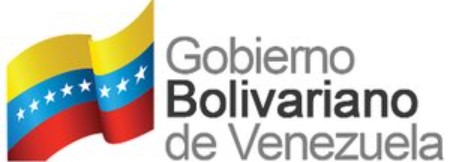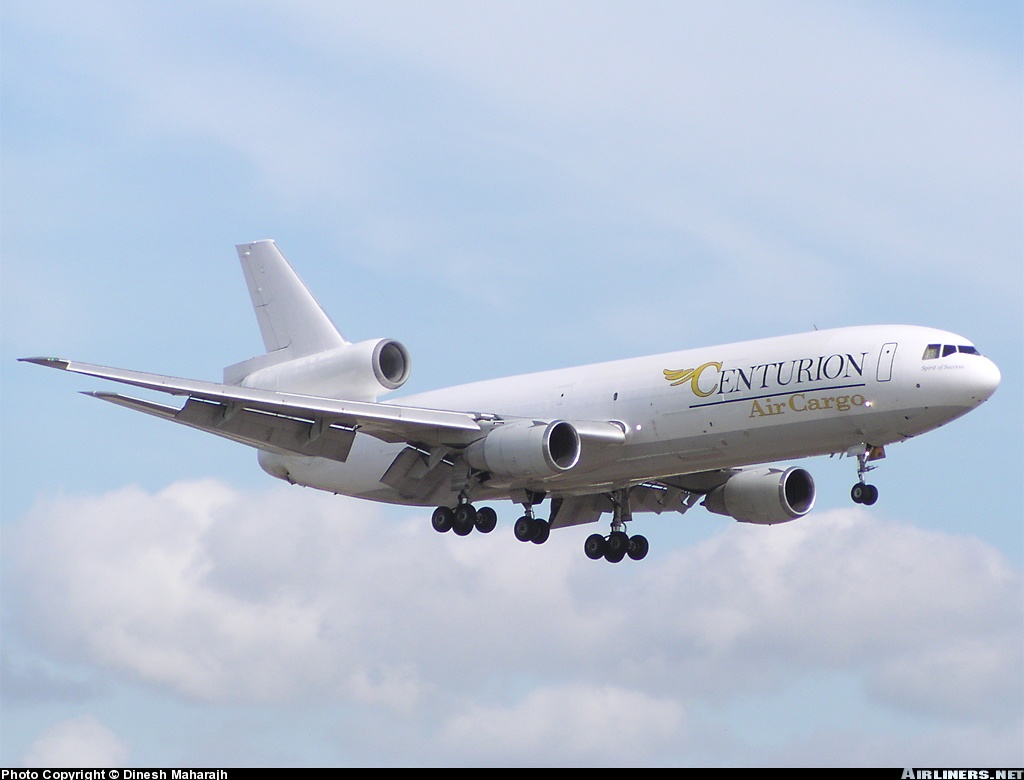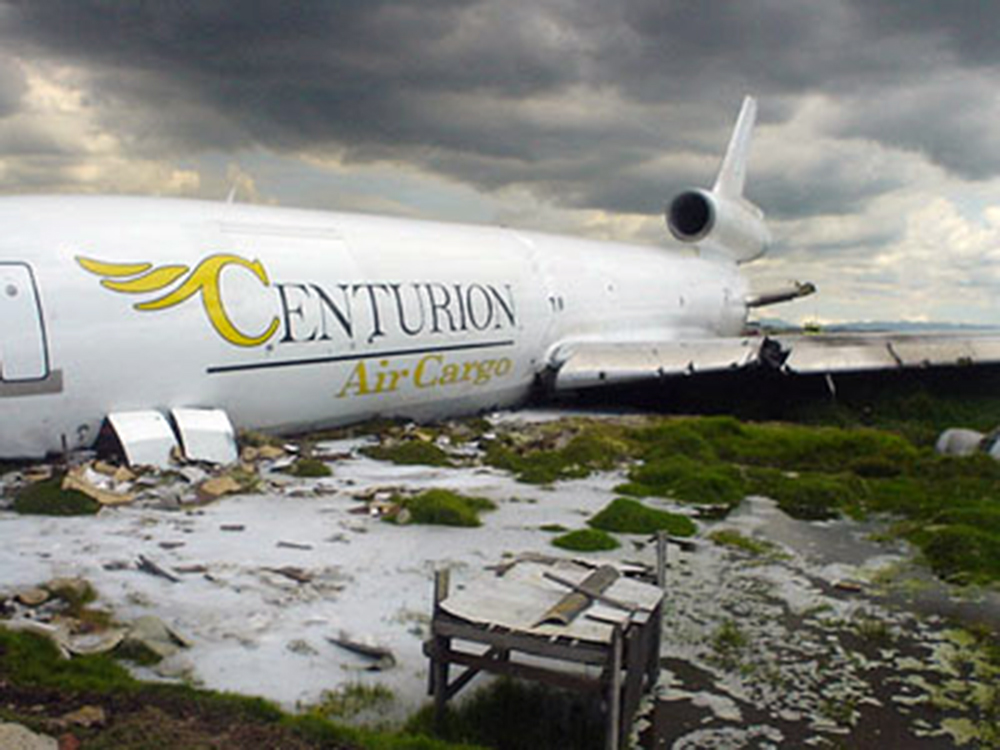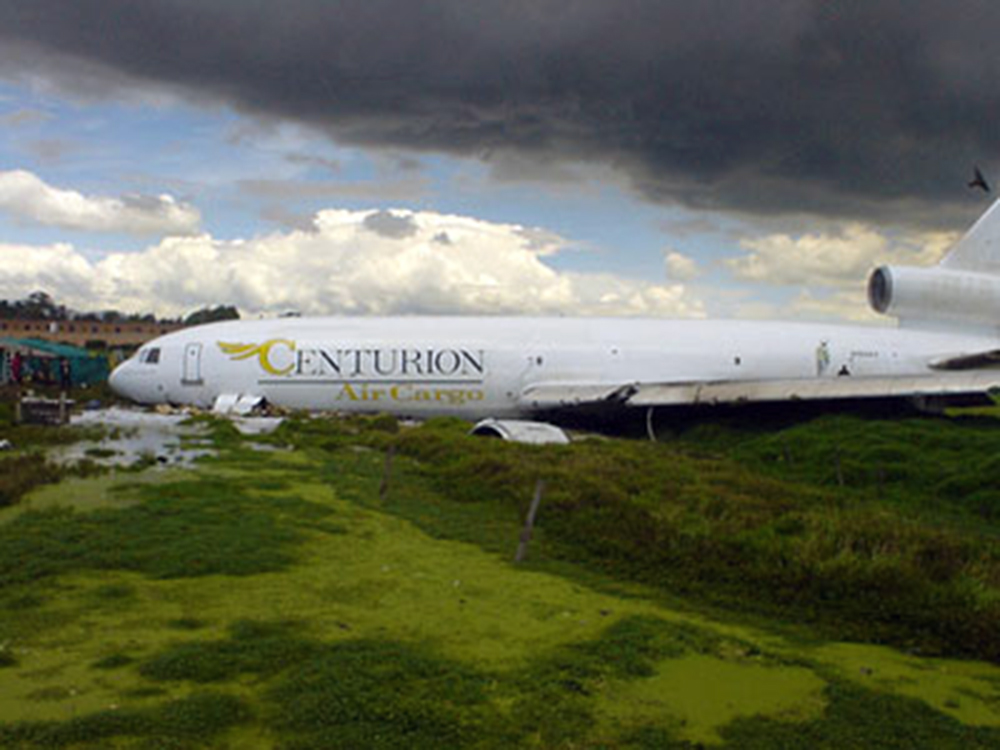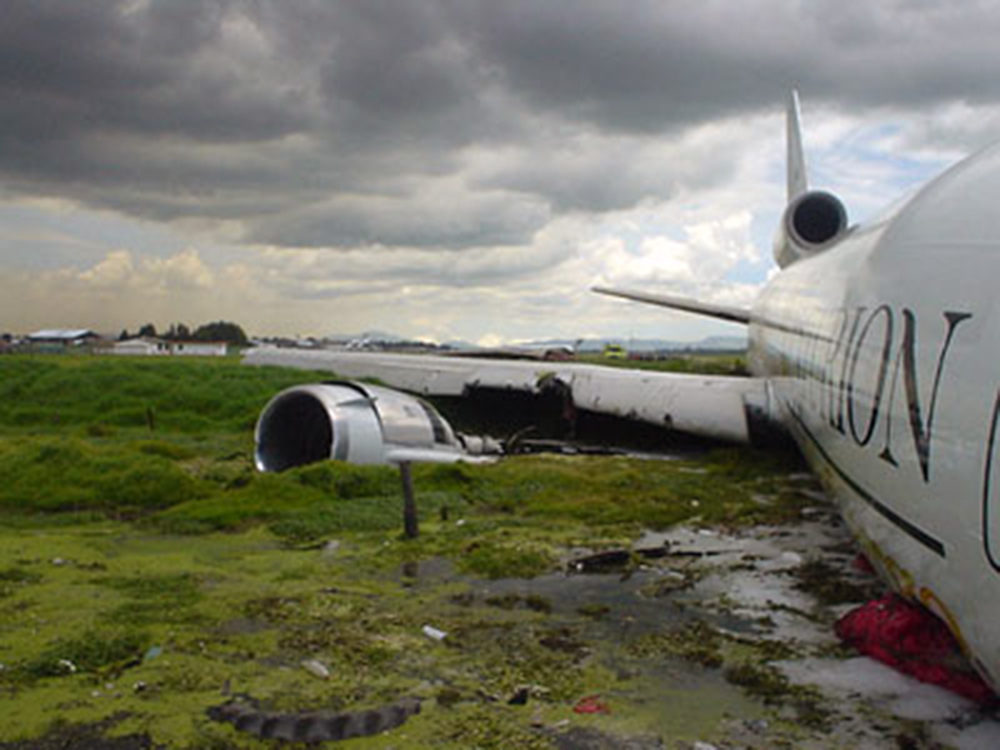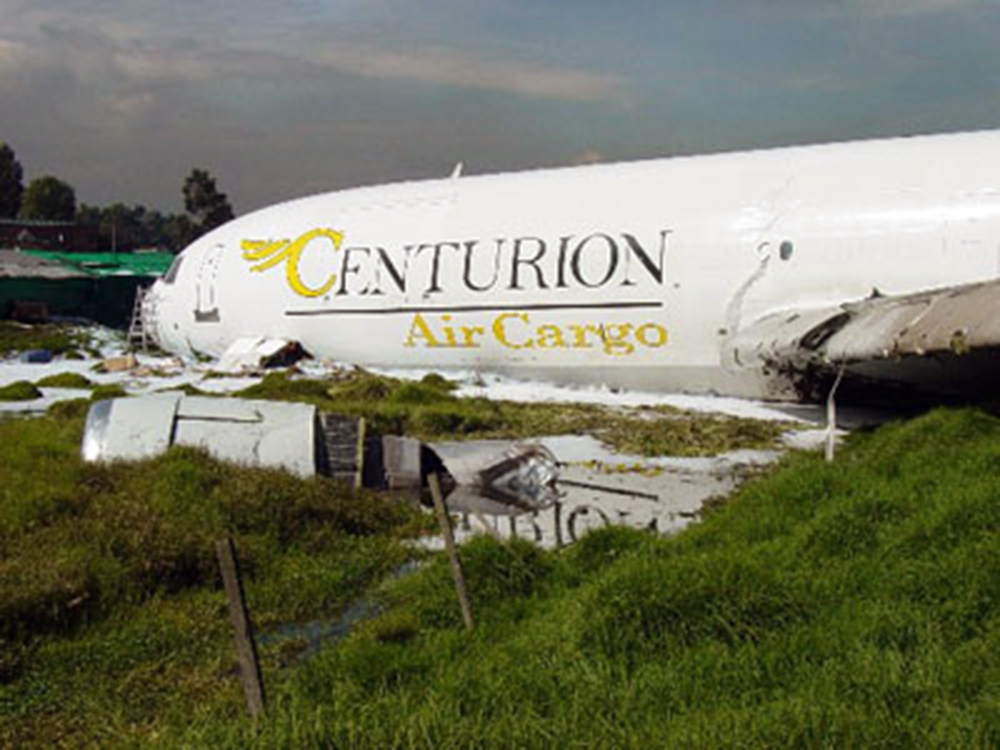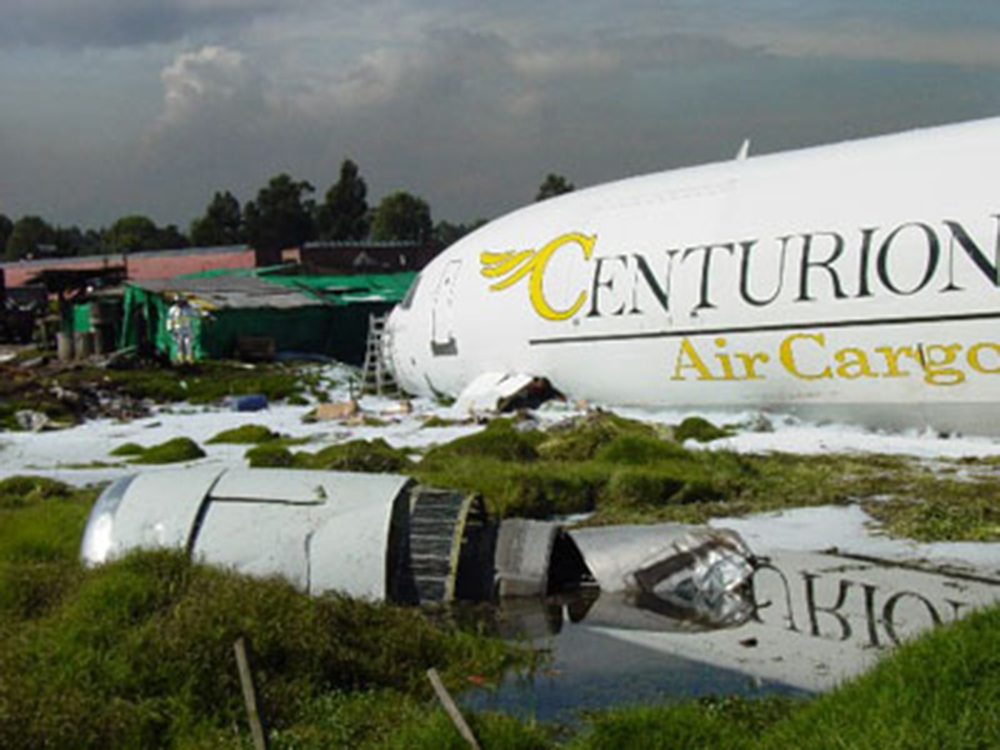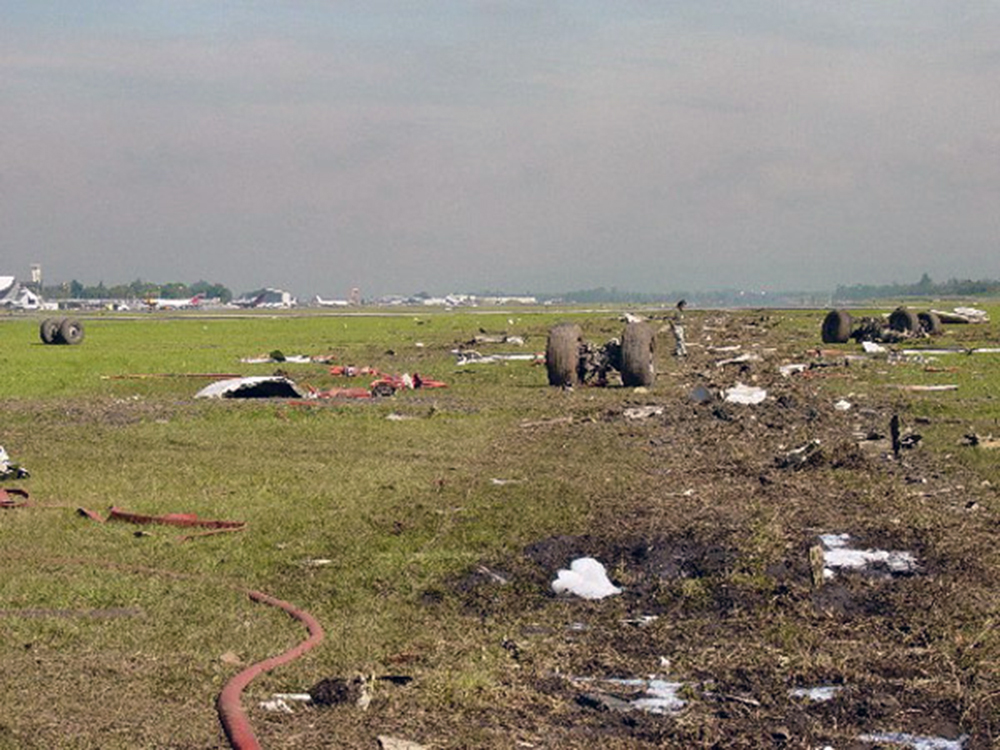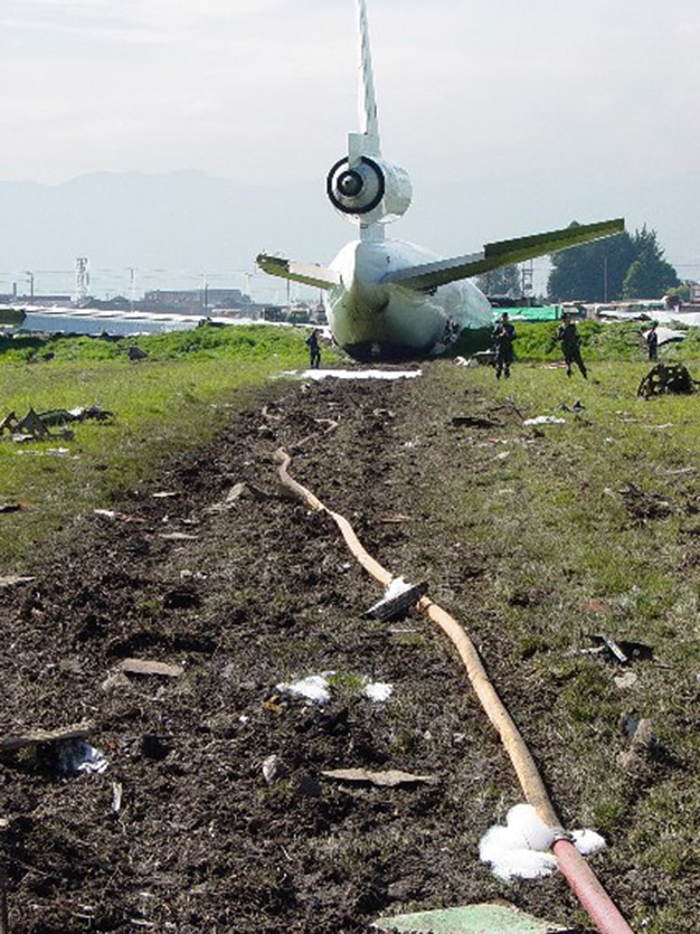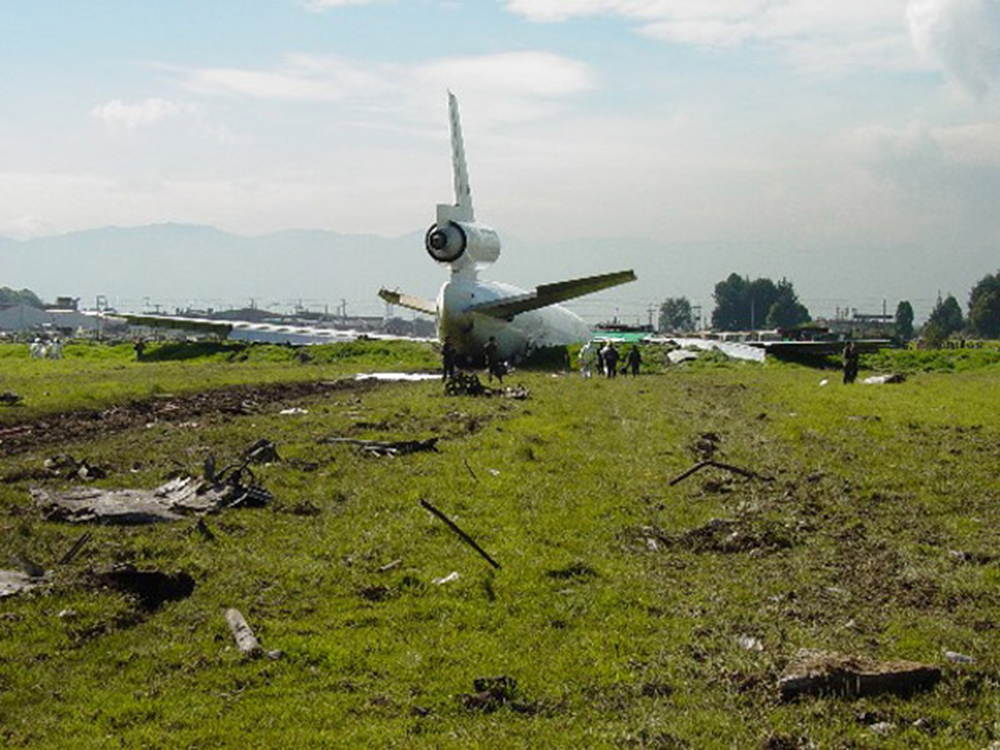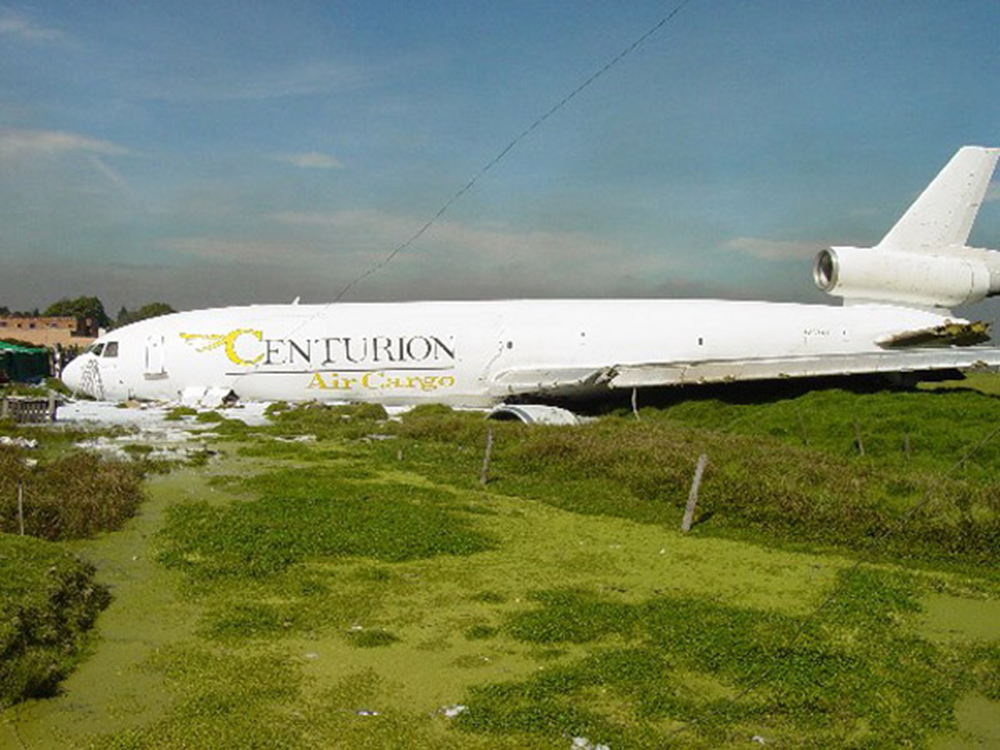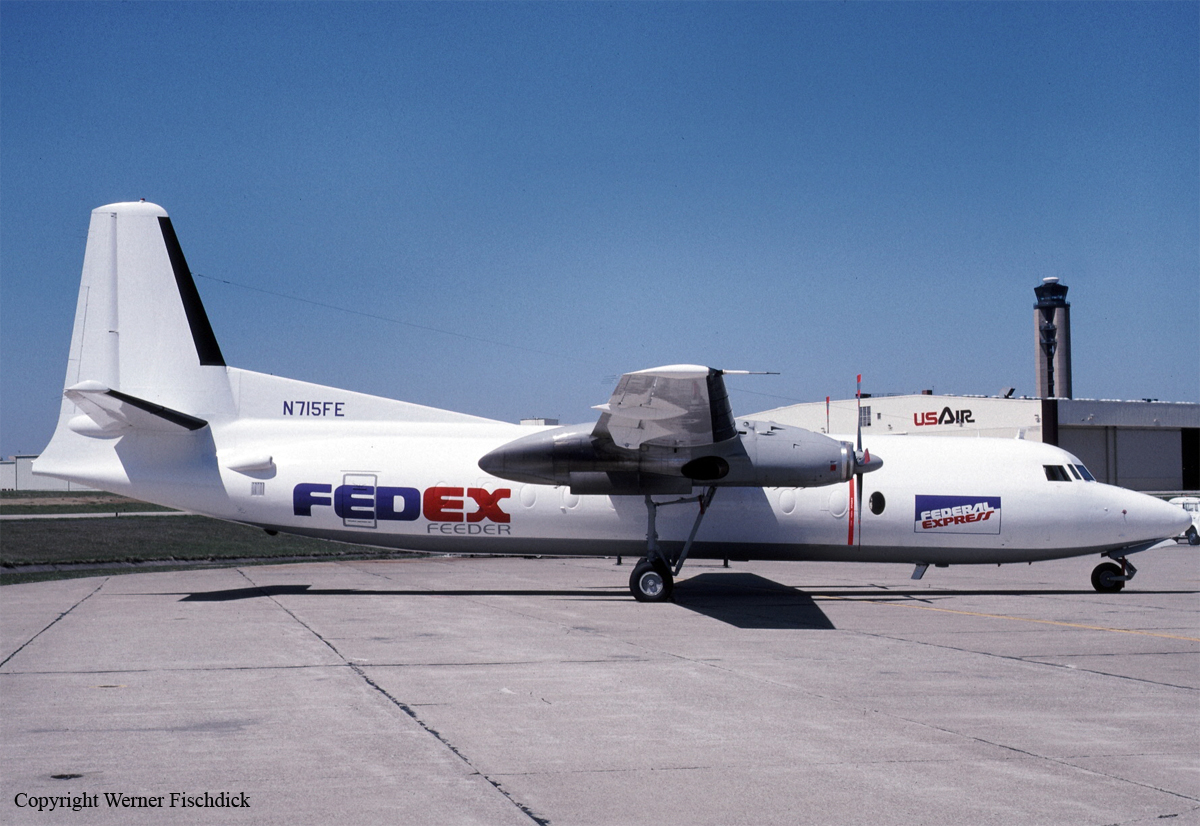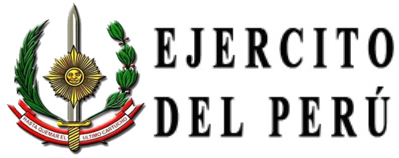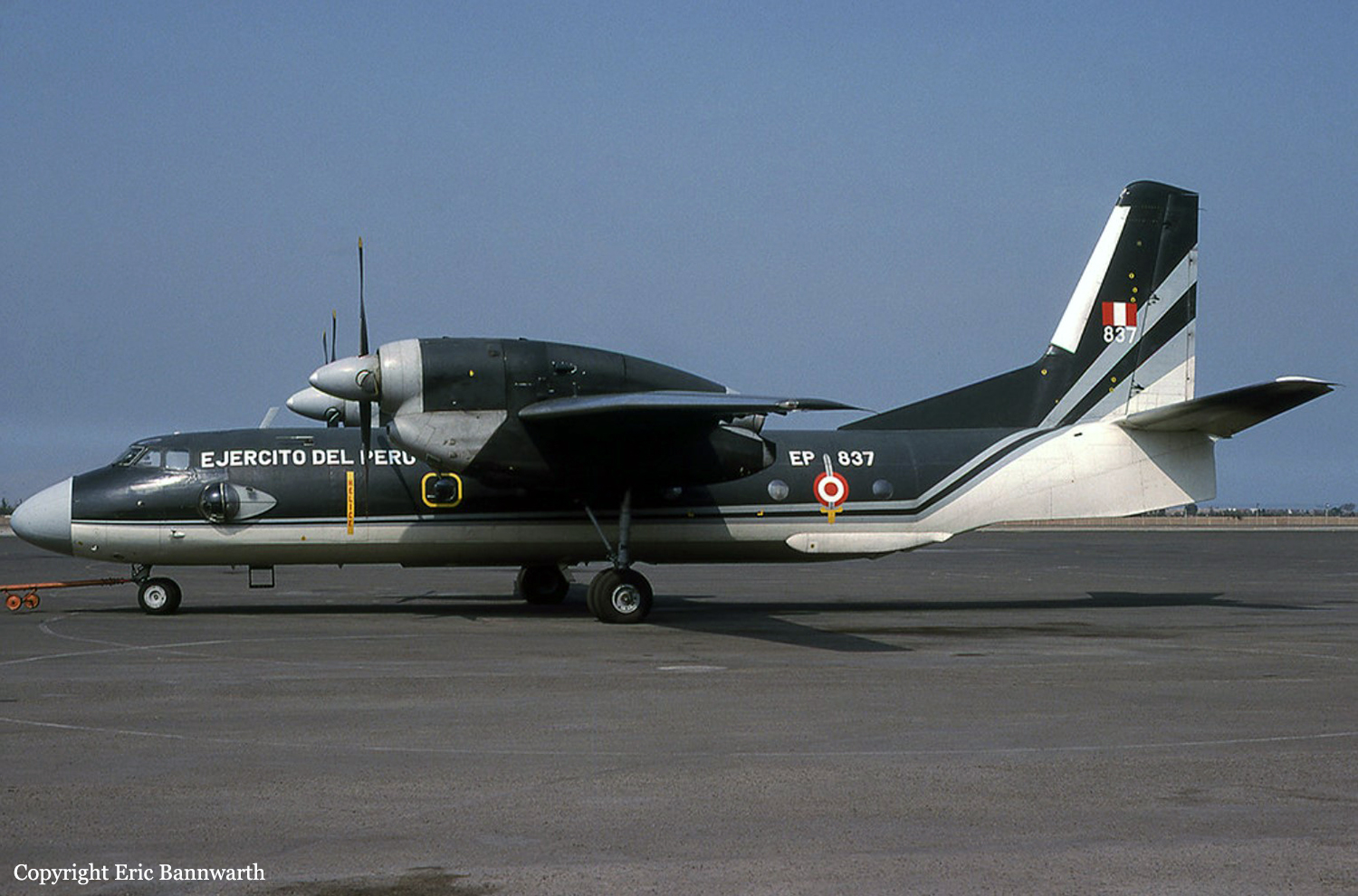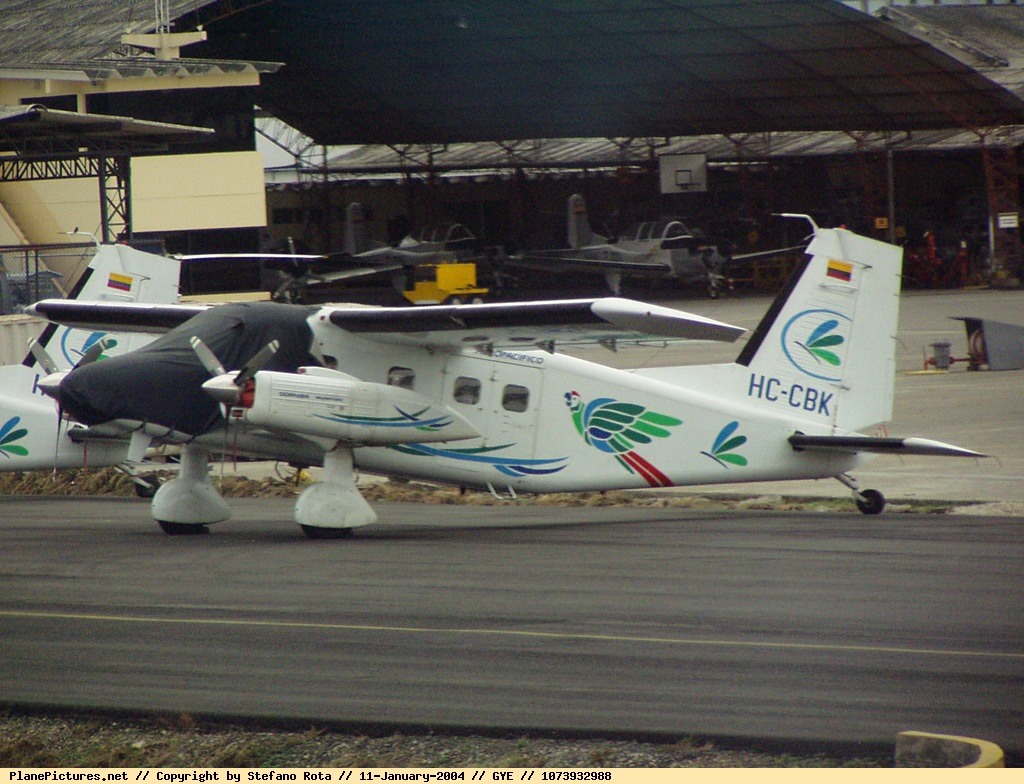Crash of a Cessna 208B Grand Caravan on Mt Awakapa Tepuy: 7 killed
Date & Time:
May 4, 2004 at 1145 LT
Registration:
YV-O-CBL-7
Survivors:
No
Schedule:
Ciudad Bolívar – Uonquén
MSN:
208B-0926
YOM:
2001
Crew on board:
2
Crew fatalities:
Pax on board:
5
Pax fatalities:
Other fatalities:
Total fatalities:
7
Circumstances:
The single engine aircraft departed Ciudad Bolívar at 1016LT on a flight to Uonquén, State of Bolívar. En route, around 1100LT, the pilot reported flying at 11,500 feet in poor weather conditions. About 45 minutes later, while cruising at an altitude of 7,000 feet, the aircraft struck the slope of Mt Awakapa Tepuy located in the Chimanta Mountain Range. All seven occupants were killed, among them two church women.
Probable cause:
Controlled flight into terrain.


